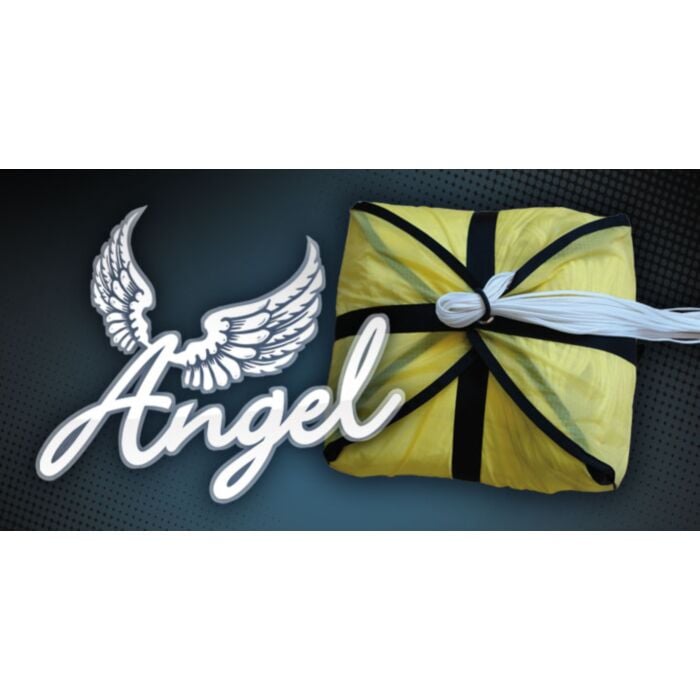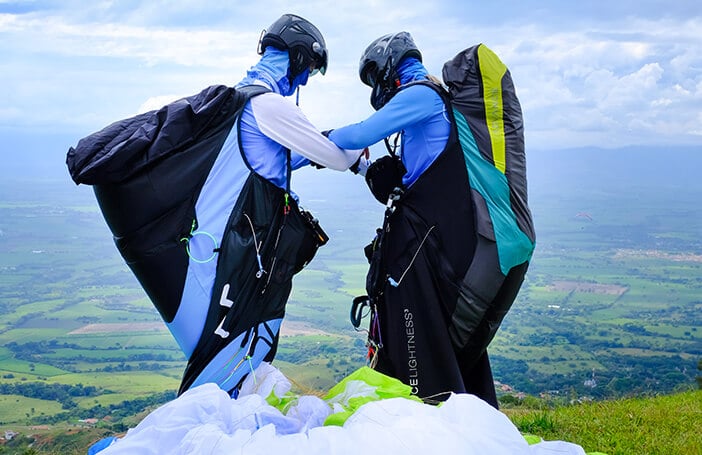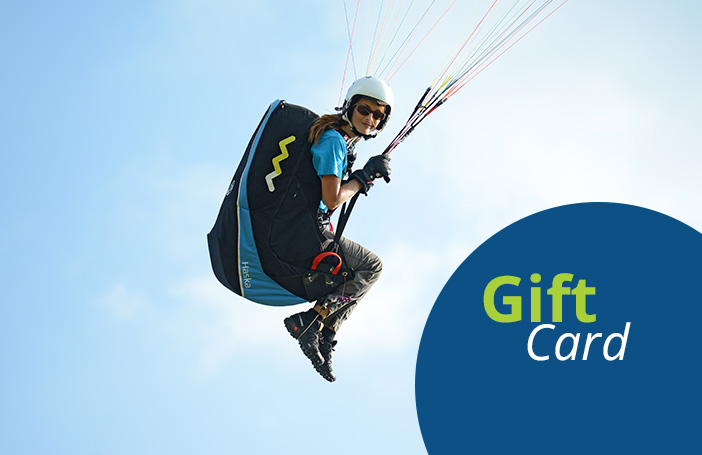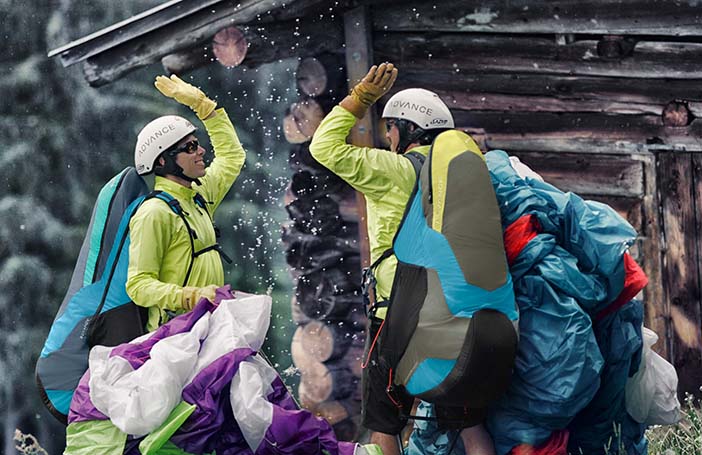Technical data
| Size |
95 (25m2) |
110 (29m2) |
140 (37m2) |
| Number of Gores |
18 |
18 |
20 |
| Surface Area m2 |
25 |
29 |
37 |
| Apex lines Length mm |
5920 |
6505 |
7310 |
| Suspension Line lengths mm |
5505 |
6050 |
6800 |
| Upper Apex lines |
640 |
700 |
790 |
| Weight kg, incl. bridle |
1.5 |
1.71 |
2.07 |
| Certified Maximum load Kgs |
95 |
110 |
140 |
| Sink rate at Max Load m/s |
5.2 |
5.2 |
5.24 |
| Volume (l) |
4.1 |
4.6 |
5.6 |
| Certification |
EN & LTF |
EN & LTF |
EN & LTF |
Flybubble note: Since many paragliding harnesses include reserve bridles, and if not you can buy these. for the sake of simplicity we only stock the short bridle version of the Angel.
Ozone Angel
Everyone needs an Angel... even though no one really wants to use theirs. However, the fact is that when the time comes, the most important factors are safety and stability with a low sink rate for a gentle and controlled descent. The Angel 140 is certified to 140kg, meaning that even a pilot with a total in-flight weight of 140kg will have a stable descent of near or less than the tested result of 5.24m/s, and most pilots will have a slower descent with this size. The high stability and low sink rate, coupled with its affordable price and light weight make it a safe and popular choice for pilots of all abilities.
When it comes to stability and safety in round reserves, there is no substitute for surface area. For that reason, both sizes of the Angel are "big", while still very light, and provide plenty of margin for the weight ranges they are certified to carry. In its two sizes, the Angel covers all pilot weights up to 140kg (total suspended inflight weight, including reserve). It is certified EN and LTF to the EN 12491 and LTF 91/09 standards. The Angel is available in 2 options*: Y bridle (for harnesses with no bridles) and Short Bridle (for harnesses with integrated bridles).
Although light, the Angel has been fully optimised for safety and reliability rather than weight. When it comes to parachute construction, weight saving often compromises safety - for example thinner, lighter line sets can and do fail in certain deployment configurations due to friction cuts. The Angel’s materials have been chosen for optimum durability and damage-resistance for a greater margin of safety, even in the most extreme situations.
Ozone note regarding bridle options from the Ozone Angel manual: "INSTALLING INTO YOUR HARNESS. The Angel is available in 2 bridle options: Short bridle or Y bridle. The Short bridle option is for harnesses that already have reserve bridles in place. Attach the main bridle to the harness bridles using a maillon as shown. Ozone recommends a Maillon Rapide 7mm Square screw gate. If your harness has no bridles already installed, the Y bridle option should be used. These attach directly to the shoulder connection points using suitable maillons. We recommend using two 6mm screw gate stainless steel maillons along with rubber bands or tape to secure the bridles so that they do not become twisted on the maillon. Ensure that the maillons are closed very tightly. IMPORTANT: you MUST not attach the Y parachute bridle to existing harness bridle(s), if this is the case, you must use the short bridle option. Only attach the Y bridle to the loops located on top of the shoulder straps which have been specifically designed for mounting the rescue system. Attach the reserve handle to one of the loops on the deployment bag using a small maillon or a larks foot knot. Please refer to your harness manual to ensure the correct orientation. The Angel is now ready to be installed into the deployment system of your harness. For detailed instructions of fitting the Angel into the deployment system please consult your harness manual. If you have ANY doubts please consult a professional."
Materials
- Cloth: Porcher Sport PN9
- Lines: Edelrid A6798
- Risers: Gurth and Wolf 25mm
- Inner Pocket: Standard clover leaf style
- Opening time: 2.8 seconds
Downloads

![]()





